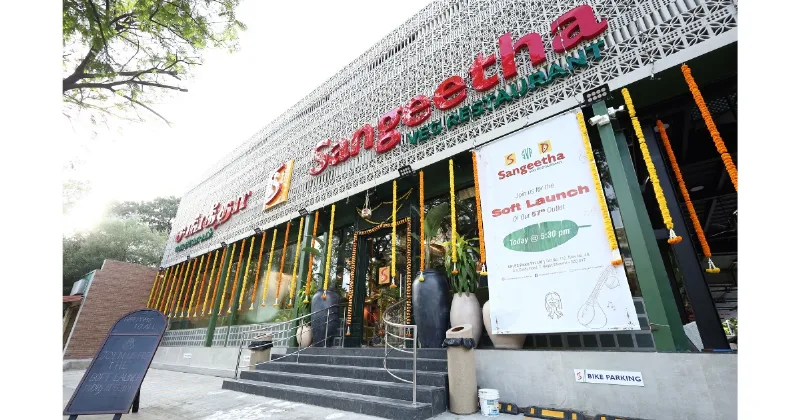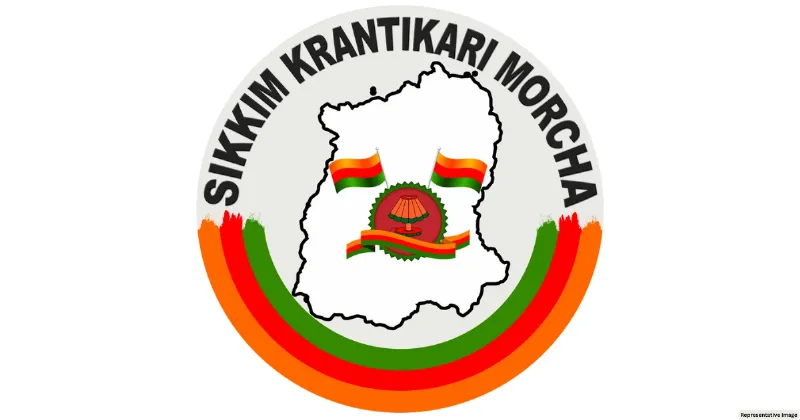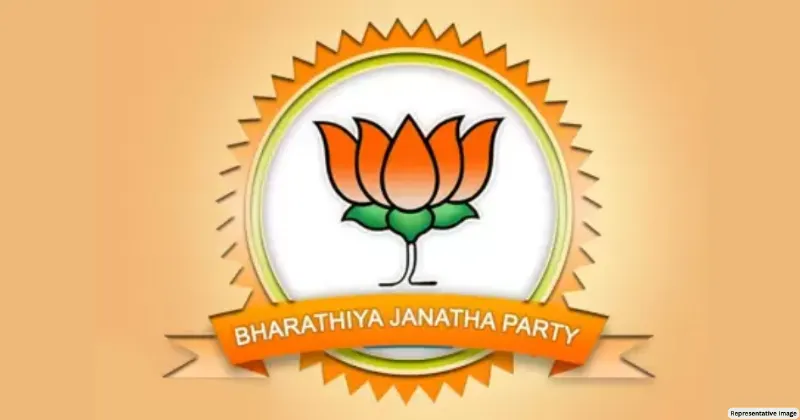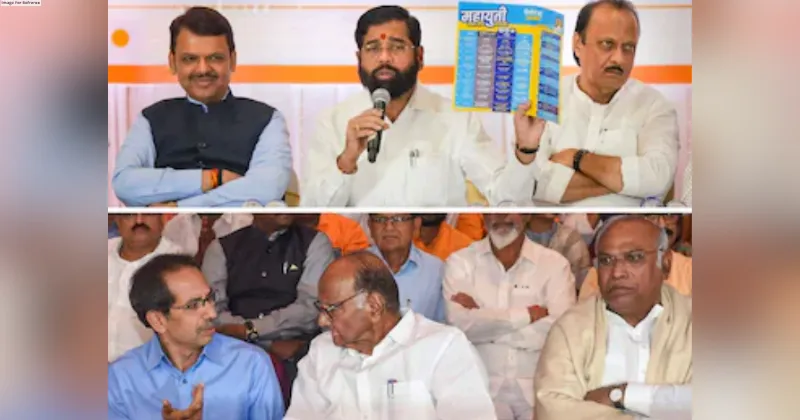Latest News
Pre-Budget Expectations 2024 Indian Medical Devices Industry

The Indian Medical Devices Industry has made remarkable progress in recent years. India is one of the leading medical device markets, with a size of about ₹1,04,760 crores (US$12.8 billion) in 2023 and is likely to reach US$ 50 billion by the year 2030 with a CAGR of 16.4 %.
According to IBEF (India Brand Equity Foundation), India’s share in the overall medical devices market is estimated at just 1.65%. India ranks 4th after Japan, China, and South Korea in the Asian medical devices market, and from the global perspective, it ranks among the top 20.
If India is to make a substantial dent in the global medical devices market, much must be done to provide the growth impetus.
- Indian medical devices export was ₹19,803 crore (US$ 2.40 billion) in 2022 and is expected to rise to US$10 billion by 2025 (IBEF). The Indian Government formed the Export Promotion Council for Medical Devices (EPC-MD) under the Department of Pharmaceuticals in 2023. This body must be strengthened to address the MedTech industry's export issues adequately. EPC-MD has the potential to drive international growth and must be empowered and fast-paced.
- Quality standardisation and rationalisation - There is a need to bring in rationalisation and ensure that Indian standards like ICMED enjoy the same respect, credibility, and acceptance as international standards like ISO, FDA, CE, MDR and AIMD. Without an ‘at-par’ status, Indian exporters will continue to grapple with export bottlenecks.
- The Government’s decision last year to allow refurbished medical devices contravenes the National Medical Device Policy 2023. It opens the ground for the large-scale dumping of older technology and electronic waste from other countries and is against the spirit of Atma Nirbhar Bharat. This decision needs to be reversed.
- The Government is the largest buyer of medical device companies. India’s Government procurement policy seems to favour imported devices, and the current trend highlights more imports than procurements from domestic players. The existing policy for purchase preference for Made in India products is ineffective.
- Inverted duty structure remains a long-standing woe of the medical devices segment, with raw materials being taxed more than finished imported products. This makes manufacturing in India an unviable option, and should therefore be corrected.
There are numerous other issues, concerns, and attention areas that we have highlighted to the Government from time to time – insufficient raw material & supplies, access to clinical trial samples, and the limited effectiveness of the PLI scheme since it does not cater to the relatively less significant players. For India to shine on the global MedTech map, the Government must address these concern areas on a war footing.
India is the global Centre for frugal medical device engineering. Most technological products and innovations originate from a well-developed ecosystem, and the US, Europe, and Japan collectively account for roughly 85 per cent of the approximately $220 billion in revenues. There is an urgent need for G2G and P2G interactions and interfaces to transfer relevant technologies to India (as is happening in defence productions).





















